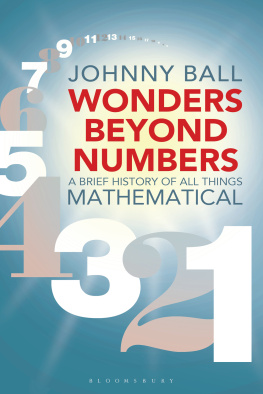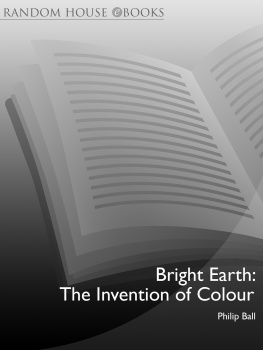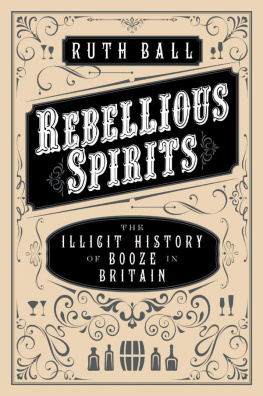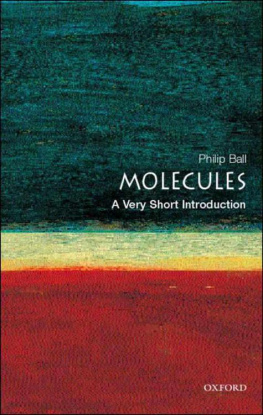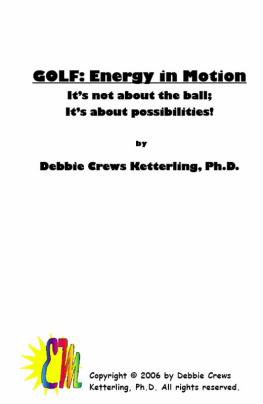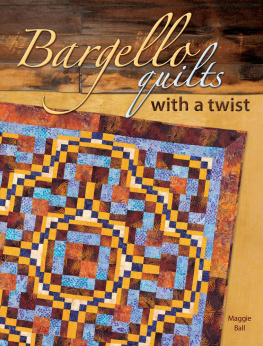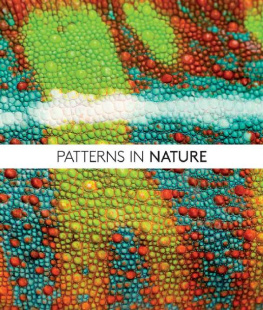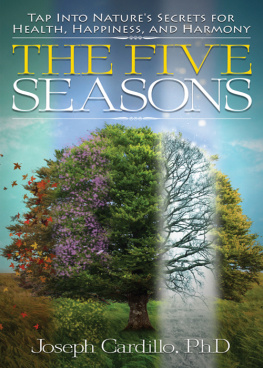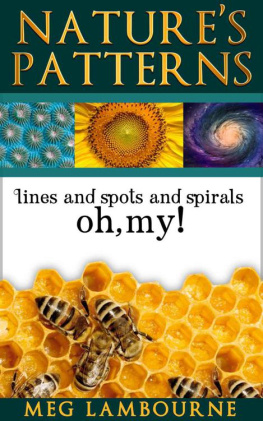Ball - Flow: Natures Patterns
Here you can read online Ball - Flow: Natures Patterns full text of the book (entire story) in english for free. Download pdf and epub, get meaning, cover and reviews about this ebook. City: Oxford, year: 2009, publisher: Oxford University Press, genre: Romance novel. Description of the work, (preface) as well as reviews are available. Best literature library LitArk.com created for fans of good reading and offers a wide selection of genres:
Romance novel
Science fiction
Adventure
Detective
Science
History
Home and family
Prose
Art
Politics
Computer
Non-fiction
Religion
Business
Children
Humor
Choose a favorite category and find really read worthwhile books. Enjoy immersion in the world of imagination, feel the emotions of the characters or learn something new for yourself, make an fascinating discovery.

- Book:Flow: Natures Patterns
- Author:
- Publisher:Oxford University Press
- Genre:
- Year:2009
- City:Oxford
- Rating:4 / 5
- Favourites:Add to favourites
- Your mark:
- 80
- 1
- 2
- 3
- 4
- 5
Flow: Natures Patterns: summary, description and annotation
We offer to read an annotation, description, summary or preface (depends on what the author of the book "Flow: Natures Patterns" wrote himself). If you haven't found the necessary information about the book — write in the comments, we will try to find it.
Ball: author's other books
Who wrote Flow: Natures Patterns? Find out the surname, the name of the author of the book and a list of all author's works by series.
Flow: Natures Patterns — read online for free the complete book (whole text) full work
Below is the text of the book, divided by pages. System saving the place of the last page read, allows you to conveniently read the book "Flow: Natures Patterns" online for free, without having to search again every time where you left off. Put a bookmark, and you can go to the page where you finished reading at any time.
Font size:
Interval:
Bookmark:
Philip Ball is a science writer, and the author of many popular science books including H2O: A Biography of Water, Bright Earth, Critical Mass (winner of the 2005 Aventis Prize for Science Books) and The Music Instinct. He lectures widely and has contributed to magazines and newspapers, including Nature, New Scientist, The Guardian, and The New York Times.

Great Clarendon Street, Oxford ox2 6DP
Oxford University Press is a department of the University of Oxford.
It furthers the Universitys objective of excellence in research, scholarship,
and education by publishing worldwide in
Oxford New York
Auckland Cape Town Dar es Salaam Hong Kong Karachi
Kuala Lumpur Madrid Melbourne Mexico City Nairobi
New Delhi Shanghai Taipei Toronto
With offices in
Argentina Austria Brazil Chile Czech Republic France Greece
Guatemala Hungary Italy Japan Poland Portugal Singapore
South Korea Switzerland Thailand Turkey Ukraine Vietnam
Oxford is a registered trade mark of Oxford University Press
in the UK and in certain other countries
Published in the United States
by Oxford University Press Inc., New York
Philip Ball 2009
The moral rights of the author have been asserted
Database right Oxford University Press (maker)
First published 2009
Published in paperback 2011
All rights reserved. No part of this publication may be reproduced,
stored in a retrieval system, or transmitted, in any form or by any means,
without the prior permission in writing of Oxford University Press,
or as expressly permitted by law, or under terms agreed with the appropriate
reprographics rights organization. Enquiries concerning reproduction
outside the scope of the above should be sent to the Rights Department,
Oxford University Press, at the address above
You must not circulate this book in any other binding or cover
and you must impose the same condition on any acquirer
British Library Cataloguing in Publication Data
Data available
Library of Congress Cataloging in Publication Data
Data available
Typeset by SPI Publisher Services, Pondicherry, India
Printed in Great Britain
on acid-free paper by
Clays Ltd., St Ives plc
ISBN 9780199604876
1 3 5 7 9 10 8 6 4 2
Movement creates pattern and form. Moving water arranges itself into eddies, and sometimes places these in strict array, where they become baroque and orderly conduits for unceasing flow. The motions of air and water organize the skies, the earth, and the oceans. The hidden logic of gases in turmoil paints great spinning eyes on the outer planets. Out of the collisions of particles in motion, desert dunes arise and hills become striped with sorted grains. Give these grains the ability to respond to their neighboursmake them fish, or birds, or buffalosand there seems no end to the patterns that may appear, each an extraordinary collaboration that no individual has ordained or planned.
LEONARDOS LEGACY
ORDERED FLOWS
HOW CONVECTION SHAPES THE WORLD
WHEN GRAINS GET TOGETHER
FLOCKS, SWARMS, AND CROWDS
THE TROUBLE WITH TURBULENCE
AFTER my 1999 book The Self-Made Tapestry: Pattern Formation in Nature went out of print, Id often be contacted by would-be readers asking where they could get hold of a copy. That was how I discovered that copies were changing hands in the used-book market for considerably more than the original cover price. While that was gratifying in its way, I would far rather see the material accessible to anyone who wanted it. So I approached Latha Menon at Oxford University Press to ask about a reprinting. But Latha had something more substantial in mind, and that is how this new trilogy came into being. Quite rightly, Latha perceived that the original Tapestry was neither conceived nor packaged to the best advantage of the material. I hope this format does it more justice.
The suggestion of partitioning the material between three volumes sounded challenging at first, but once I saw how it might be done, I realized that this offered a structure that could bring more thematic organization to the topic. Each volume is self-contained and does not depend on one having read the others, although there is inevitably some cross-referencing. Anyone who has seen The Self-Made Tapestry will find some familiar things here, but also plenty that is new. In adding that material, I have benefited from the great generosity of many scientists who have given images, reprints and suggestions. I am particularly grateful to Sean Carroll, Iain Couzin, and Andrea Rinaldo for critical readings of some of the new text. Latha set me more work than Id perhaps anticipated, but I remain deeply indebted to her for her vision of what these books might become, and her encouragement in making that happen.
Philip Ball
London, October 2007
THE MAN WHO LOVED FLUIDS
Leonardios Legacy
Perhaps it is not so strange after all that the man who has come to personify polyvalent virtuosity, defining the concept of the Renaissance man and becoming a symbol for the unity of all learning and creative endeavour, was something of an under-achiever. That might seem an odd label to attach to Leonardo da Vinci, but the fact is that he started very little and finished even less. His life was a succession of plans made and never realized, of commissions refused (or accepted and never honoured), of studies undertaken with such a mixture of obsessive diligence and lack of system or objective that they could offer little instruction to future generations. This was not because Leonardo was a laggard; on the contrary, his ambitions often exceeded his capacity to fulfil them.
Yet if Leonardo did not achieve as much as we feel he might have done, that did not prevent his contemporaries from recognizing his extraordinary genius. The Italian artist and writer Giorgio Vasari was prone to eulogize all his subjects in his sixteenth-century Lives of the Artists, but he seems to make a special effort for Leonardo:
In the normal course of events many men and women are born with various remarkable qualities and talents; but occasionally, in a way that transcends nature, a single person is marvellously endowed by heaven with beauty, grace, and talent in such abundance that he leaves other men far behind, all his actions seem inspired, and indeed everything he does clearly comes from God rather than from human art. Everyone acknowledged that this was true of Leonardo da Vinci, an artist of outstanding physical beauty who displayed infinite grace in everything he did and who cultivated his genius so brilliantly that all problems he studied he solved with ease.
What Vasari did not wish to admit is that such an embarrassment of riches can be a burden rather than a blessing, and that it sometimes takes duller men to see a project through to its end while geniuses can only initiate them without cease. Leonardos devotion to the study of nature and science could leave his artistic patrons frustrated. Isabella dEste, marchesa of Mantua, was told by an emissary whom she dispatched to Florence to commission a portrait from the great painter, that he is working hard at geometry and is very impatient of painting In short his mathematical experiments have so estranged him from painting that he cannot bear to take up a brush.
But Leonardo was apt when the mood was upon him to labour without stint. His contemporary Matteo Bandello, a Piedmontese novelist, saw him at work on his ill-fated
Font size:
Interval:
Bookmark:
Similar books «Flow: Natures Patterns»
Look at similar books to Flow: Natures Patterns. We have selected literature similar in name and meaning in the hope of providing readers with more options to find new, interesting, not yet read works.
Discussion, reviews of the book Flow: Natures Patterns and just readers' own opinions. Leave your comments, write what you think about the work, its meaning or the main characters. Specify what exactly you liked and what you didn't like, and why you think so.


